Home>Furniture & Design>Interior Design Trends>How To Break Glass Quietly
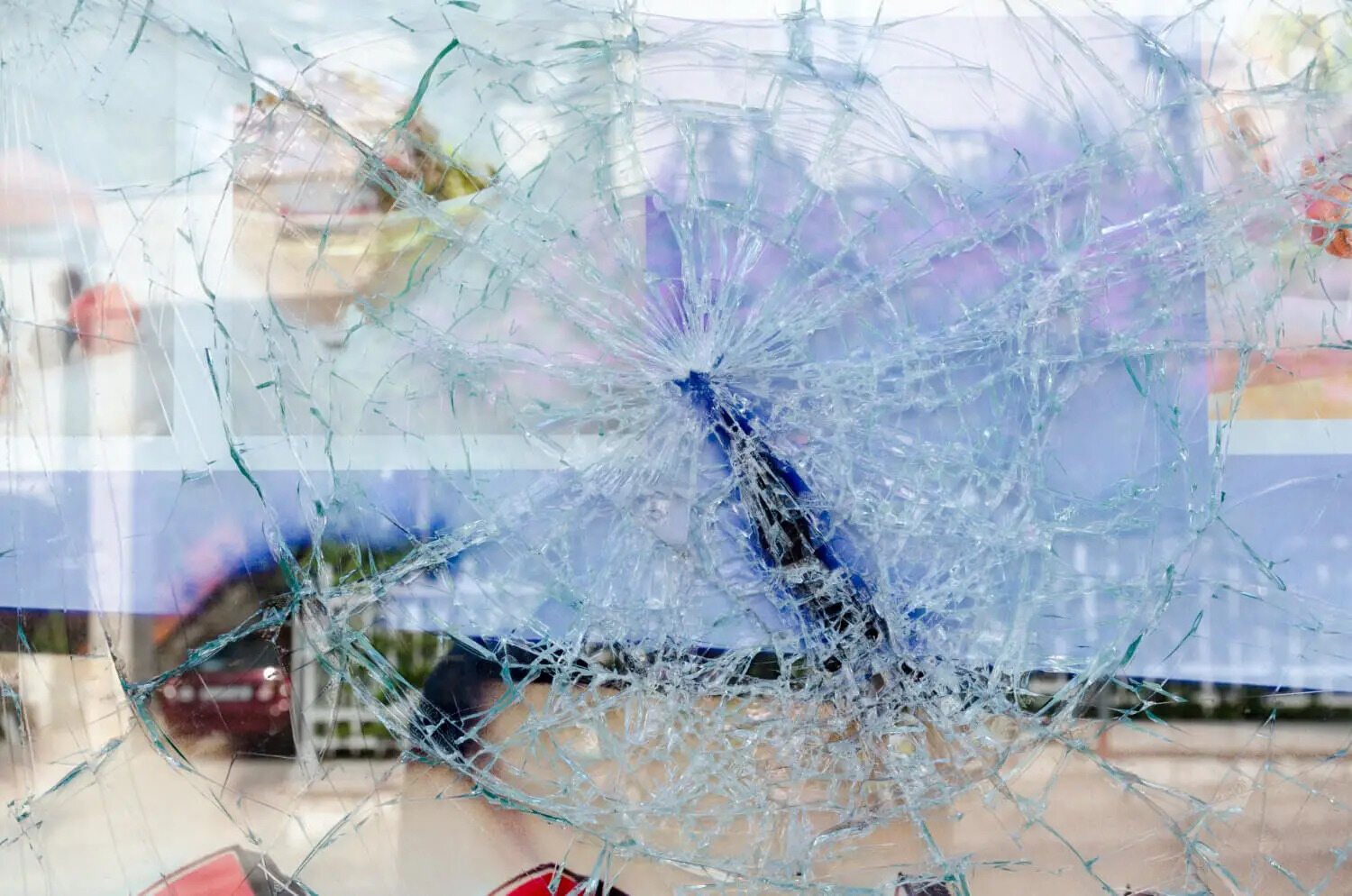

Interior Design Trends
How To Break Glass Quietly
Modified: February 18, 2024
Discover the latest interior design trends and learn how to break glass quietly with our expert tips and techniques. Create a stylish and peaceful space with our innovative ideas.
(Many of the links in this article redirect to a specific reviewed product. Your purchase of these products through affiliate links helps to generate commission for Storables.com, at no extra cost. Learn more)
Introduction
Breaking glass quietly can be a useful skill in various situations, whether you're trying to open a locked door without drawing attention or need to handle glassware discreetly. Understanding the properties of glass and the techniques for breaking it silently is essential for achieving this goal. In this article, we will delve into the intricacies of breaking glass quietly, exploring the tools and techniques required, as well as the safety precautions to keep in mind. By the end of this guide, you will have a comprehensive understanding of how to break glass quietly and safely in different scenarios.
Key Takeaways:
- Master the art of breaking glass quietly by understanding its properties, using tools like glass cutters and resin adhesives, and prioritizing safety precautions. Achieve controlled and discreet glass breaks for practical or creative purposes.
- Breaking glass quietly requires finesse, precision, and safety. Learn about glass properties, utilize specialized tools and techniques, and prioritize safety measures to achieve controlled and discreet glass breaks with minimal noise and maximum control.
Read more: How To Break The Glass Ceiling
Understanding the Properties of Glass
Glass, a versatile and ubiquitous material, possesses unique properties that make it both fragile and resilient. Understanding these properties is crucial for effectively and quietly breaking glass.
-
Brittleness: Glass is inherently brittle, meaning it is prone to shattering when subjected to force. This brittleness is a result of the molecular structure of glass, which lacks the crystalline structure found in most solids. As a result, when pressure is applied to glass, it does not deform or bend; instead, it fractures and breaks.
-
Uniformity: Unlike many other materials, glass is uniform in composition and structure. This uniformity contributes to its transparency and smooth surface. However, it also means that when glass breaks, the fractures propagate rapidly and unpredictably, often resulting in loud and abrupt shattering.
-
Resonance: Glass has a unique resonance that amplifies sound. When struck or broken, the vibrations within the glass produce a distinct ringing or high-pitched noise. This property can make breaking glass loudly an inevitable consequence if not approached with care and precision.
-
Thickness and Type: The thickness and type of glass significantly impact its behavior when subjected to force. For instance, tempered glass, commonly used in windows and doors, is designed to shatter into small, relatively harmless pieces when broken. On the other hand, laminated glass, often found in car windshields, is constructed with layers of glass and plastic, making it more resistant to shattering.
Understanding these properties of glass is essential for devising strategies to break it quietly. By recognizing the brittleness, uniformity, resonance, and variations in glass types, individuals can employ specific tools and techniques to minimize noise and achieve a controlled break, whether for practical or creative purposes.
Tools and Techniques for Breaking Glass Quietly
When it comes to breaking glass quietly, employing the right tools and techniques is essential for achieving a controlled and discreet outcome. Whether you're dealing with a locked door, a delicate glass object, or any other scenario that requires a silent approach, the following tools and techniques can help you accomplish the task with precision and minimal noise.
Tools for Quiet Glass Breaking
-
Glass Cutter: A glass cutter is a specialized tool designed to score and weaken glass along a specific line. By applying controlled pressure, a glass cutter creates a precise scoreline, allowing the glass to break cleanly along the intended path. This tool is particularly useful for cutting large sheets of glass or creating custom shapes with minimal noise.
-
Resin Adhesive: In situations where discreet glass removal is necessary, a resin adhesive can be used to bond a thin, flexible material to the surface of the glass. Once the adhesive sets, the material can be pulled, causing the glass to fracture along the bonded area. This method is effective for silently removing glass from windows or doors without causing a loud shatter.
-
Silent Glass Breaking Tool: Some specialized tools are designed specifically for breaking glass quietly. These tools often utilize a spring-loaded mechanism or a controlled impact to fracture the glass without producing loud noises. They are commonly used in emergency situations or by professionals who require silent glass-breaking capabilities.
Techniques for Quiet Glass Breaking
-
Score-and-Snap Method: When using a glass cutter, the score-and-snap method is employed to break the glass along the scored line. After scoring the glass with the cutter, gentle pressure or tapping along the scored line can prompt the glass to cleanly break without generating excessive noise. This technique is ideal for achieving precise cuts and controlled breaks.
-
Quiet Impact Technique: By using a soft, padded material to muffle the impact, glass can be broken quietly. Placing a thick cloth or rubber pad against the glass surface before applying force can dampen the sound of impact, allowing the glass to break with reduced noise. This technique is useful for discreetly breaking glass objects or removing glass from a frame.
-
Localized Heating: In certain scenarios, applying localized heat to a specific area of the glass can weaken it, making it easier to break quietly. This method is commonly used in glassworking and restoration to delicately remove or reshape glass without causing disruptive shattering.
By utilizing these tools and techniques, individuals can effectively break glass quietly and with precision, whether for practical applications or creative endeavors. Understanding the properties of glass and employing the appropriate tools and methods are key to achieving a controlled and discreet glass break.
Read more: How To Break Thick Glass
Safety Precautions
When it comes to breaking glass, whether quietly or otherwise, safety should always be a top priority. While the focus may be on achieving a controlled and discreet break, it is crucial to ensure that the process is carried out with the utmost care to prevent injuries and minimize potential hazards. Here are essential safety precautions to keep in mind when breaking glass quietly:
-
Protective Gear: Prior to engaging in any glass-breaking activity, it is imperative to wear appropriate protective gear. Safety goggles or glasses should be worn to shield the eyes from flying glass shards or debris. Additionally, gloves made of cut-resistant materials can provide protection against accidental cuts or lacerations.
-
Workspace Preparation: Before initiating any glass-breaking procedure, the workspace should be cleared of any unnecessary objects or obstacles. This includes ensuring that the surrounding area is free from potential tripping hazards and that there is ample space to maneuver safely.
-
Proper Ventilation: When breaking glass, especially in scenarios involving the use of heat or adhesives, adequate ventilation is essential. Proper airflow helps to dissipate fumes and prevents the accumulation of potentially harmful airborne particles.
-
Secure Glass Handling: When handling glass, whether it is a large pane or a small object, it is crucial to do so with care and attention. Sharp edges and fragile surfaces can pose a risk of cuts or punctures if mishandled. Using appropriate lifting and gripping techniques, as well as being mindful of the glass's weight distribution, can help minimize the risk of accidents.
-
Disposal and Cleanup: After breaking glass, it is important to handle the disposal and cleanup process with caution. Broken glass should be carefully collected using tools such as dustpans and brushes, and disposed of in puncture-resistant containers to prevent injuries during handling and disposal.
-
Emergency Preparedness: In the event of an unexpected breakage or an accidental injury, having access to a first-aid kit and knowing the proper procedures for addressing cuts, punctures, or other glass-related injuries is crucial. Being prepared to respond to emergencies can mitigate the impact of unforeseen incidents.
By adhering to these safety precautions, individuals can minimize the risks associated with breaking glass quietly and ensure that the process is carried out responsibly and with due consideration for personal safety and well-being. Whether breaking glass for practical purposes or creative endeavors, prioritizing safety is paramount to a successful and secure outcome.
To break glass quietly, use a small, sharp object like a diamond or carbide tip to create a small, controlled fracture. Apply gentle pressure and use a cloth to muffle the sound.
Conclusion
In conclusion, the art of breaking glass quietly requires a nuanced understanding of the properties of glass, the utilization of specialized tools and techniques, and a steadfast commitment to safety. By recognizing the brittleness, uniformity, resonance, and variations in glass types, individuals can approach the task of breaking glass with a heightened awareness of its behavior and response to external forces.
The tools and techniques discussed in this guide offer practical and effective methods for achieving controlled and discreet glass breaks. From the precision of a glass cutter to the strategic use of resin adhesives and the application of quiet impact techniques, these approaches empower individuals to handle glass with finesse and minimal noise. Whether it involves cutting large sheets of glass, removing glass from a frame, or delicately reshaping glass objects, the right tools and techniques can make the process more manageable and less disruptive.
Furthermore, the emphasis on safety precautions underscores the importance of approaching glass-breaking activities with a vigilant mindset. Protective gear, workspace preparation, proper ventilation, secure glass handling, and emergency preparedness collectively contribute to a safe and responsible approach to breaking glass quietly. By prioritizing safety, individuals can mitigate potential risks and ensure that the process is carried out with due consideration for personal well-being and the well-being of others.
Ultimately, the ability to break glass quietly is a valuable skill that can be applied in various practical and creative scenarios. Whether it involves discreetly gaining access through a locked door, handling delicate glassware without causing disturbance, or engaging in artistic endeavors that require controlled glass breaks, the knowledge and techniques shared in this guide empower individuals to approach glass-breaking tasks with confidence and precision.
By combining a deep understanding of glass properties, the right tools and techniques, and a steadfast commitment to safety, individuals can navigate the art of breaking glass quietly with skill and finesse, achieving their objectives with minimal noise and maximum control.
Frequently Asked Questions about How To Break Glass Quietly
Was this page helpful?
At Storables.com, we guarantee accurate and reliable information. Our content, validated by Expert Board Contributors, is crafted following stringent Editorial Policies. We're committed to providing you with well-researched, expert-backed insights for all your informational needs.

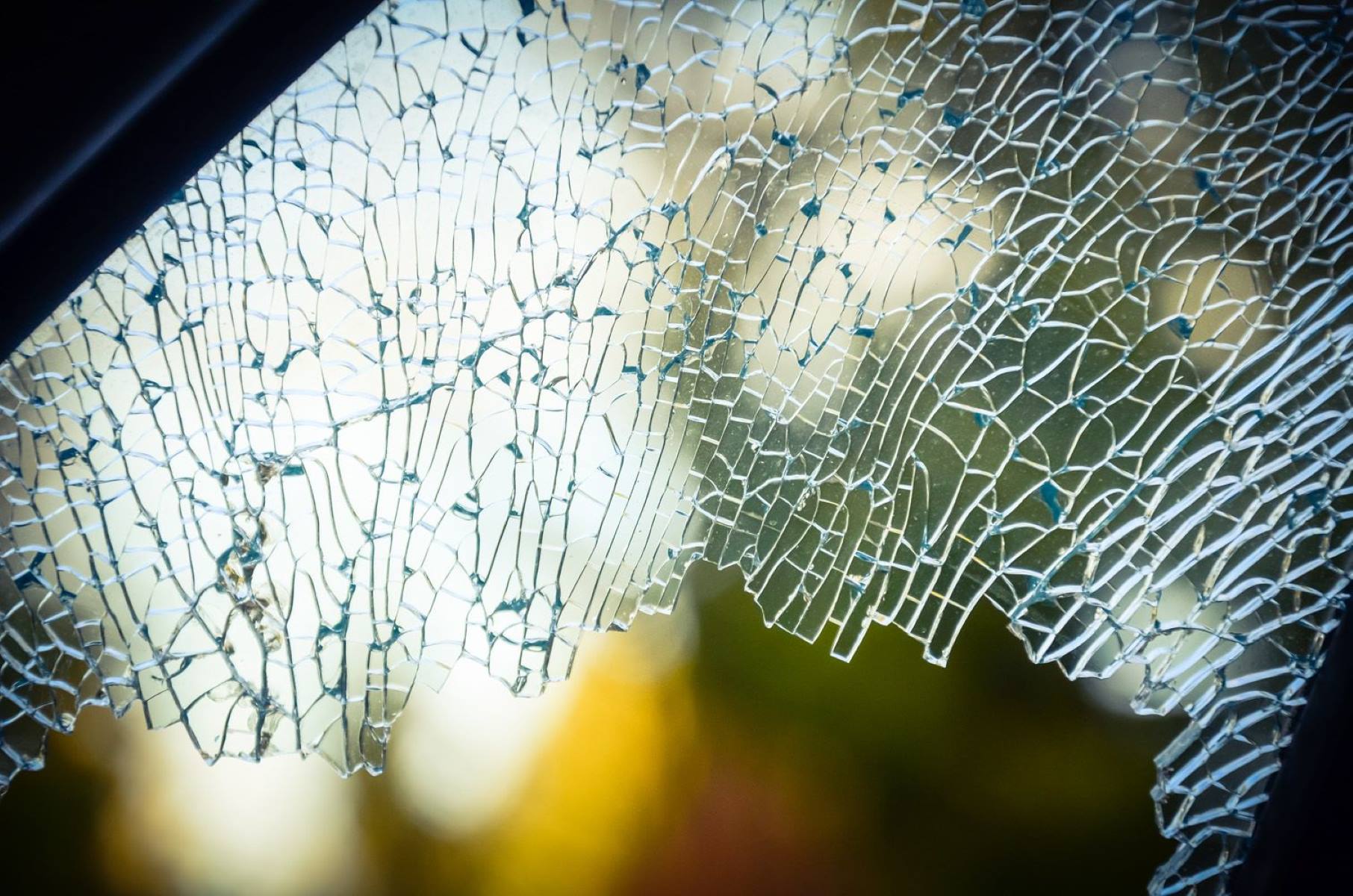


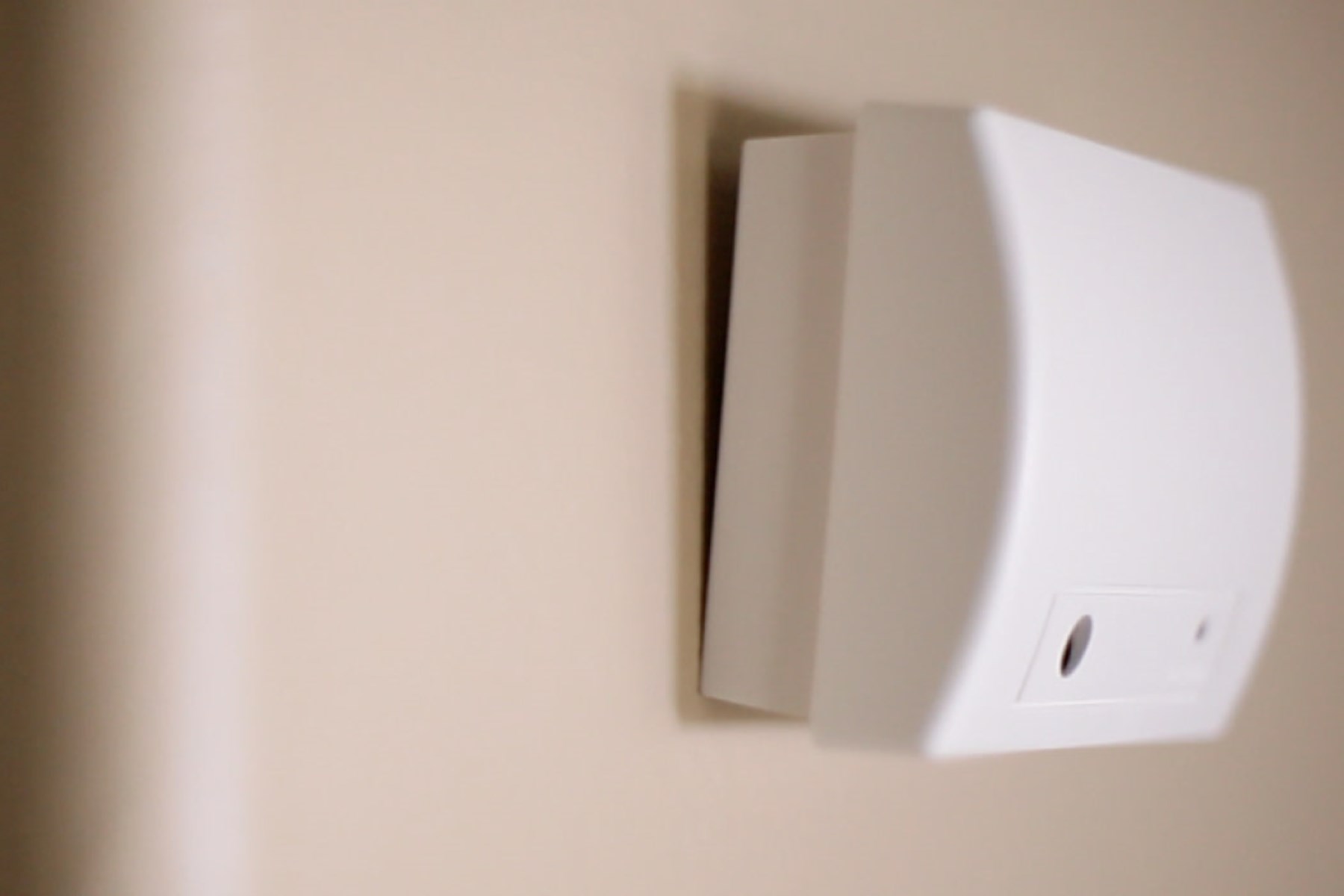

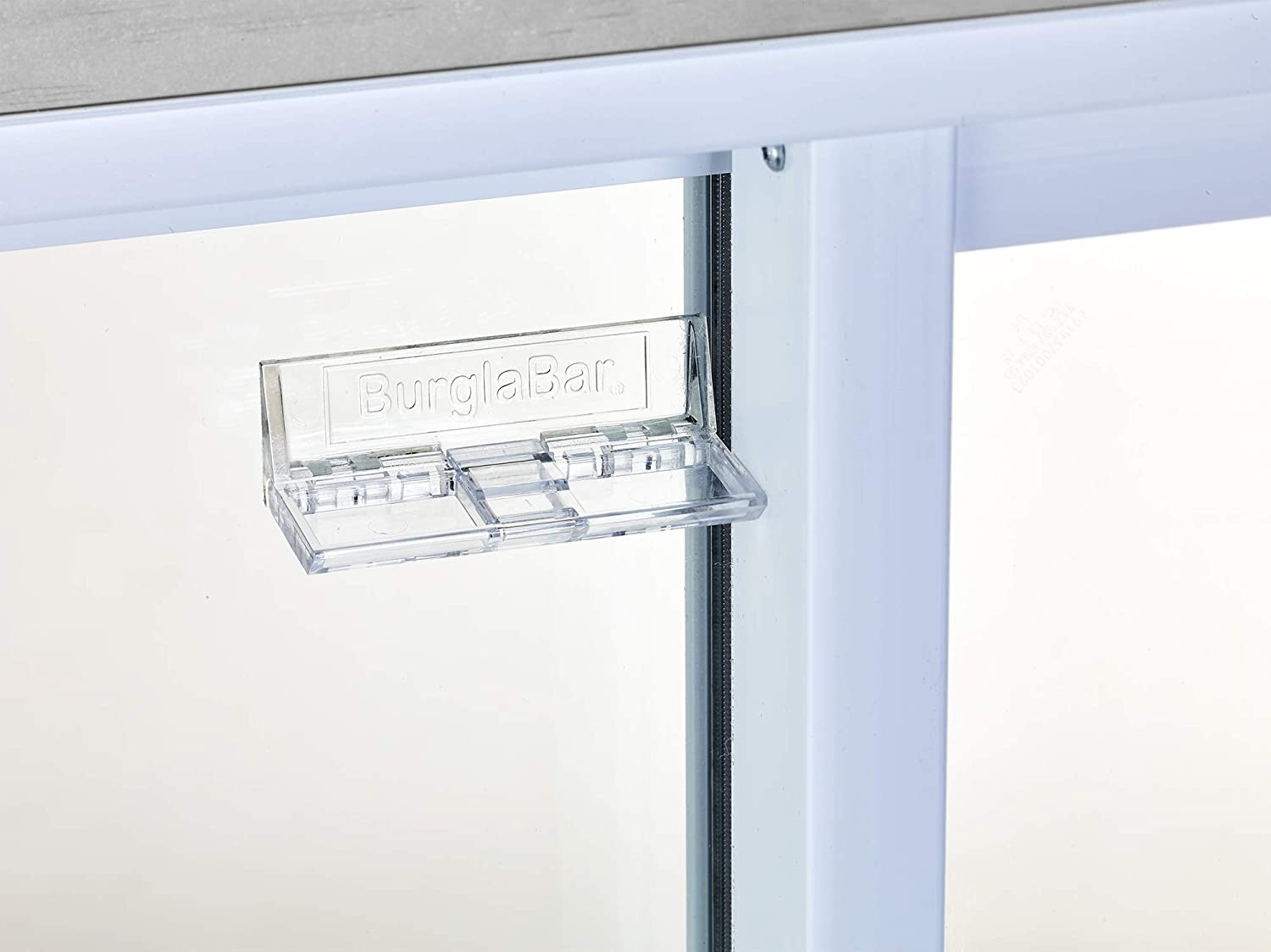




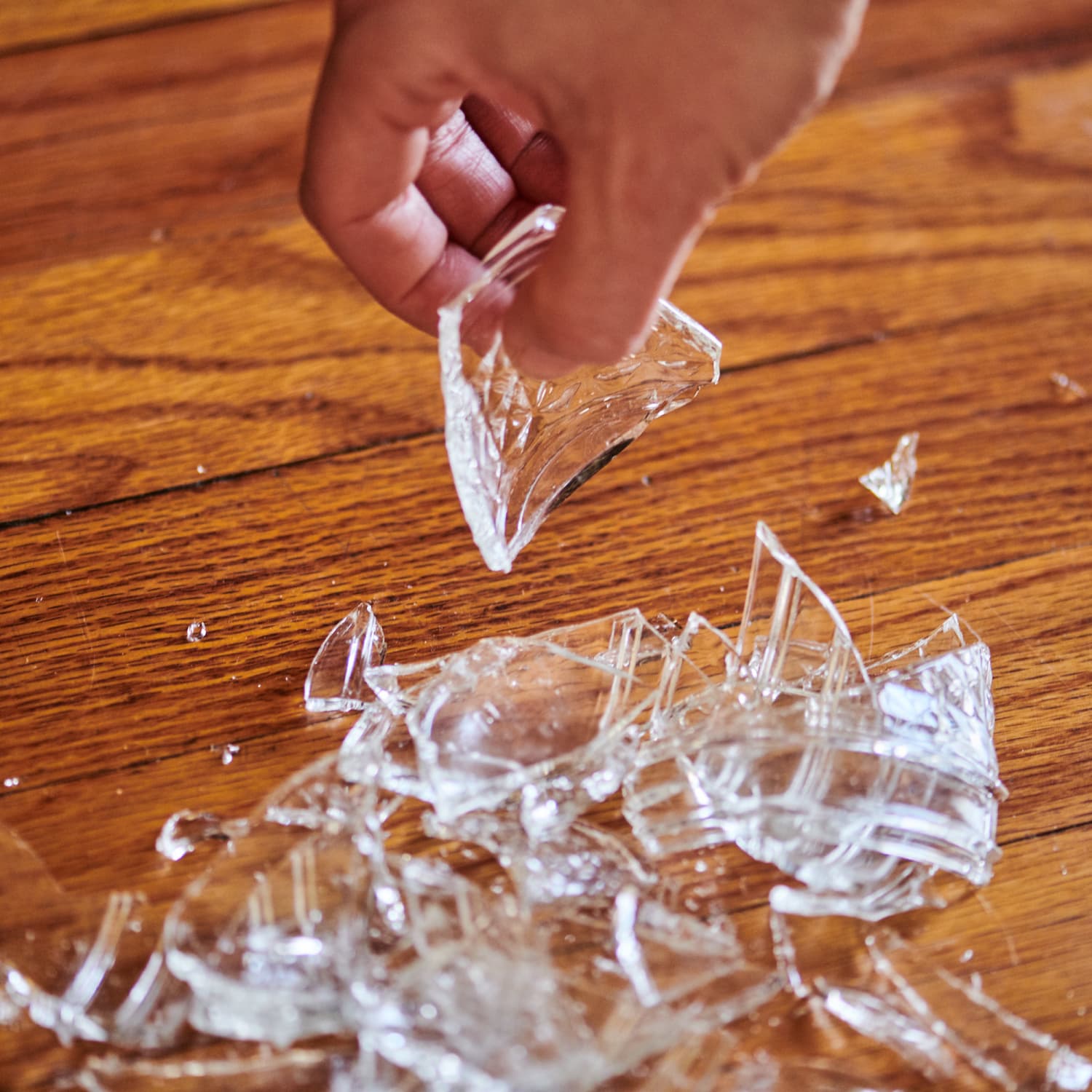
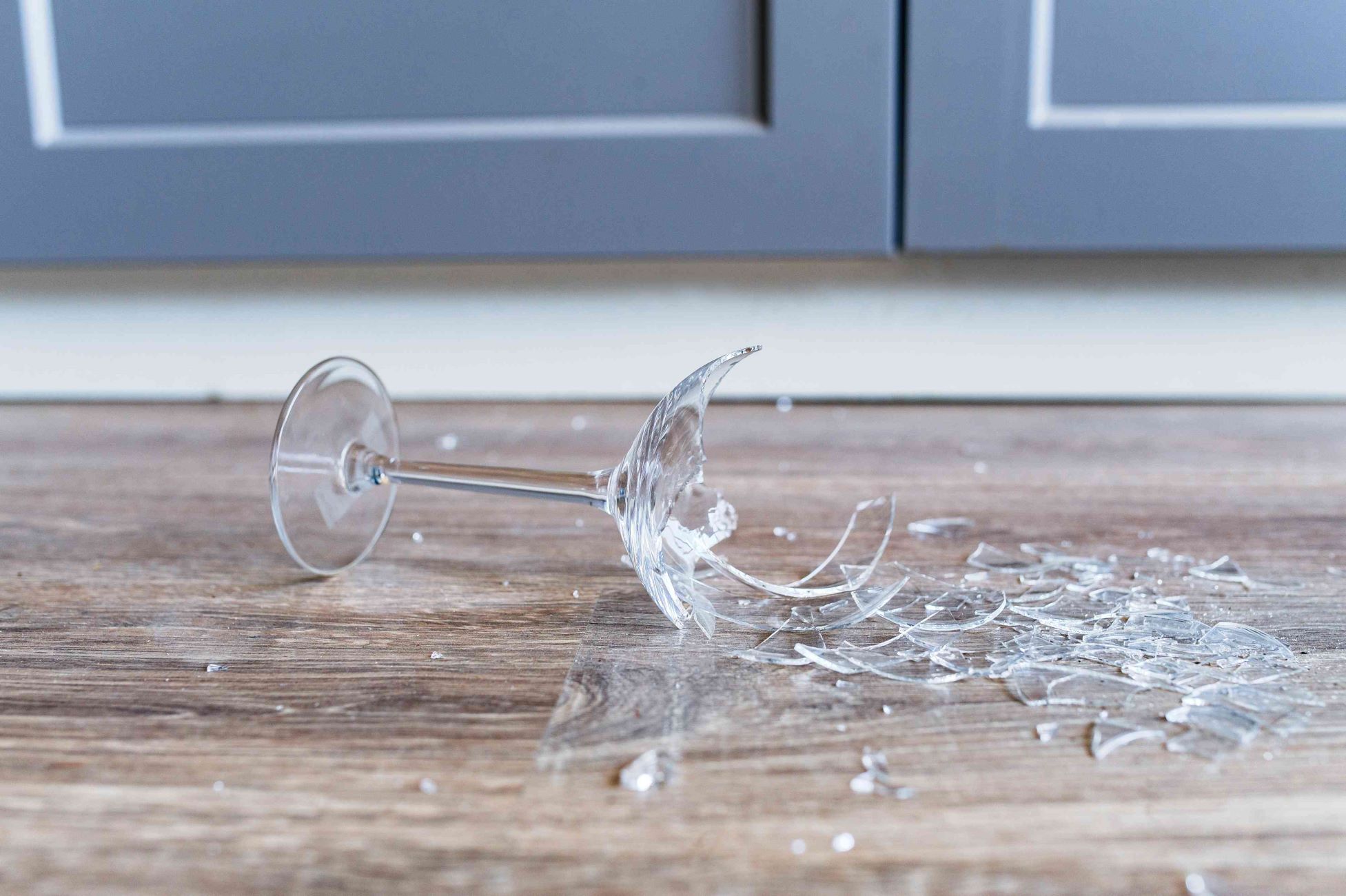


0 thoughts on “How To Break Glass Quietly”